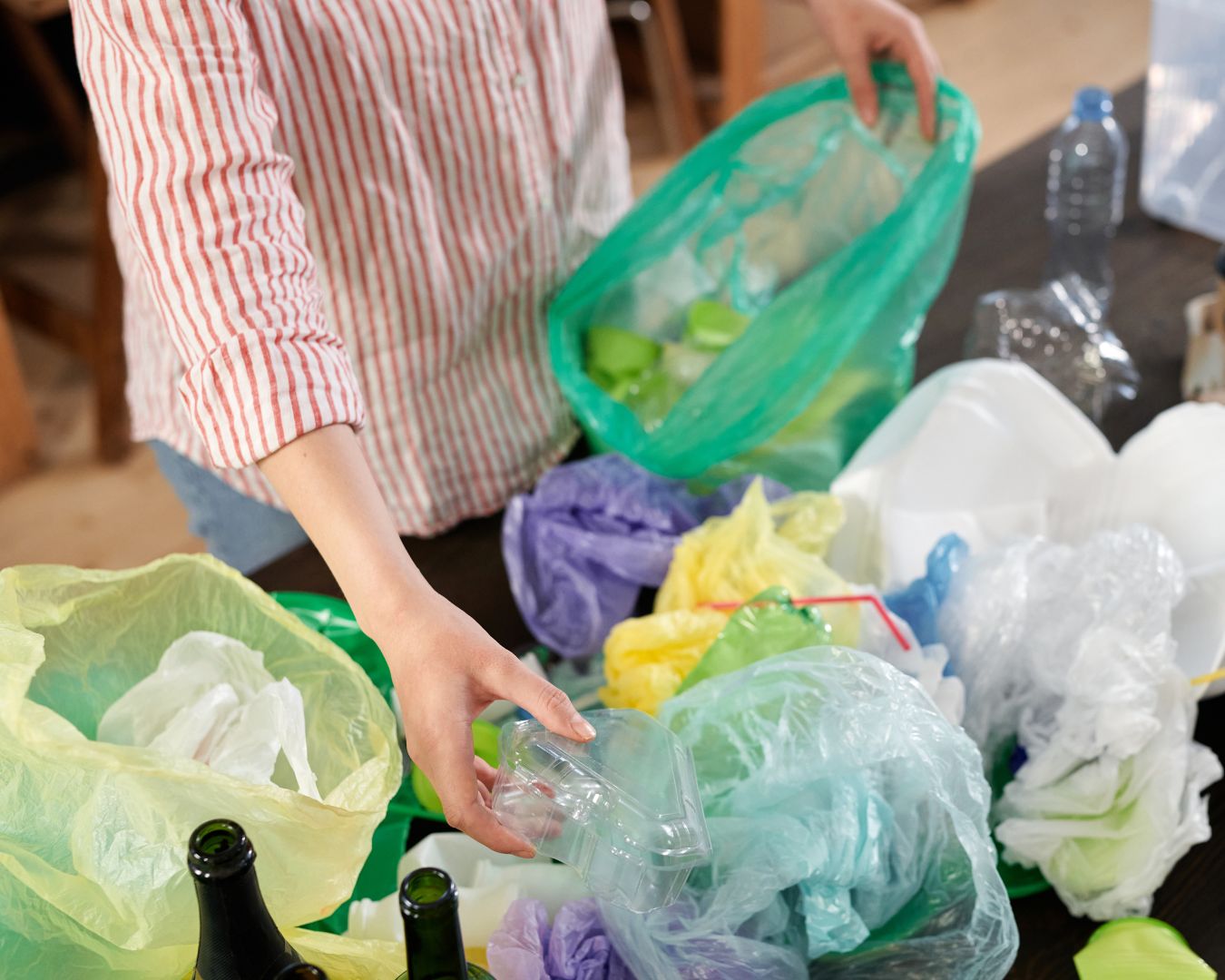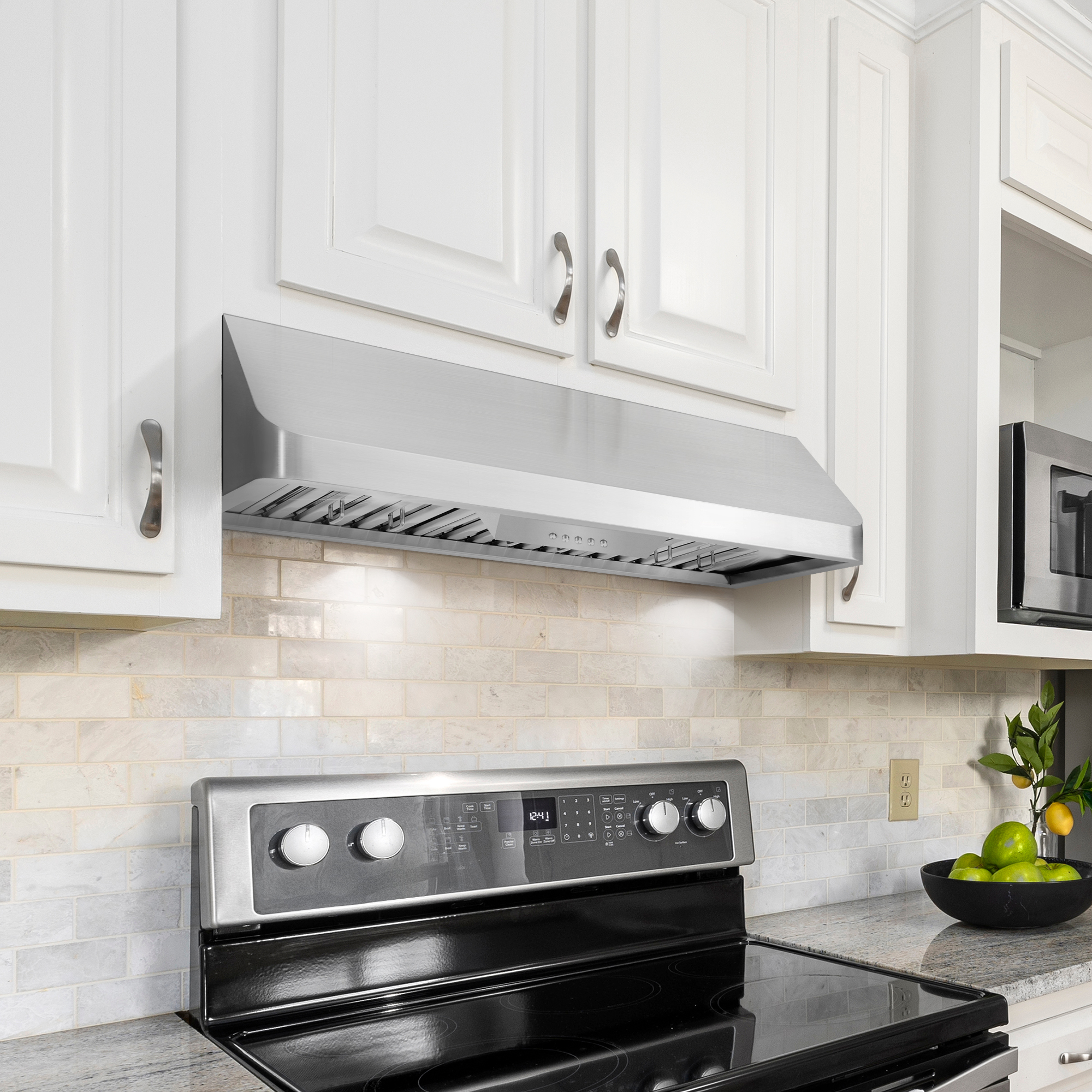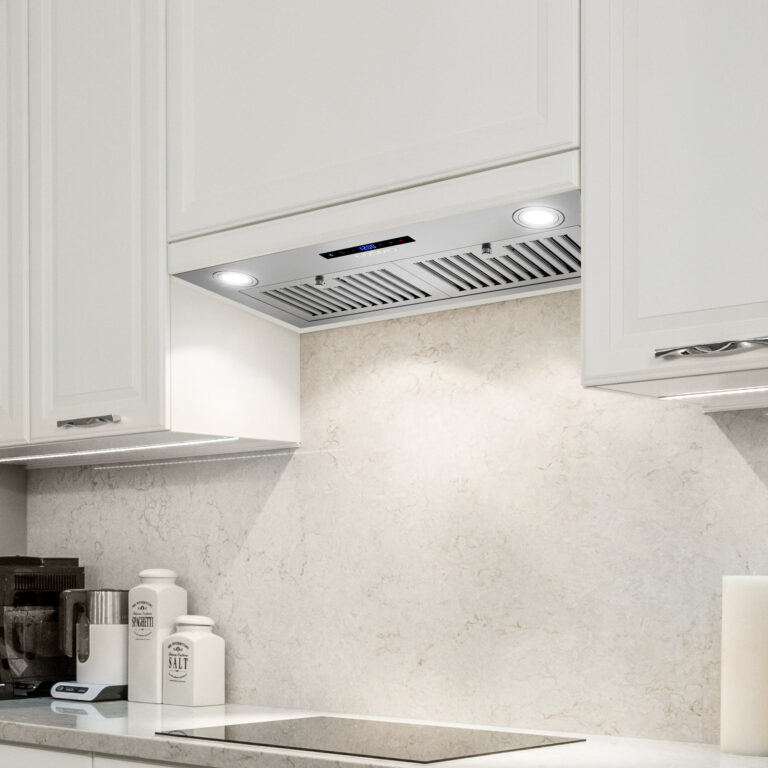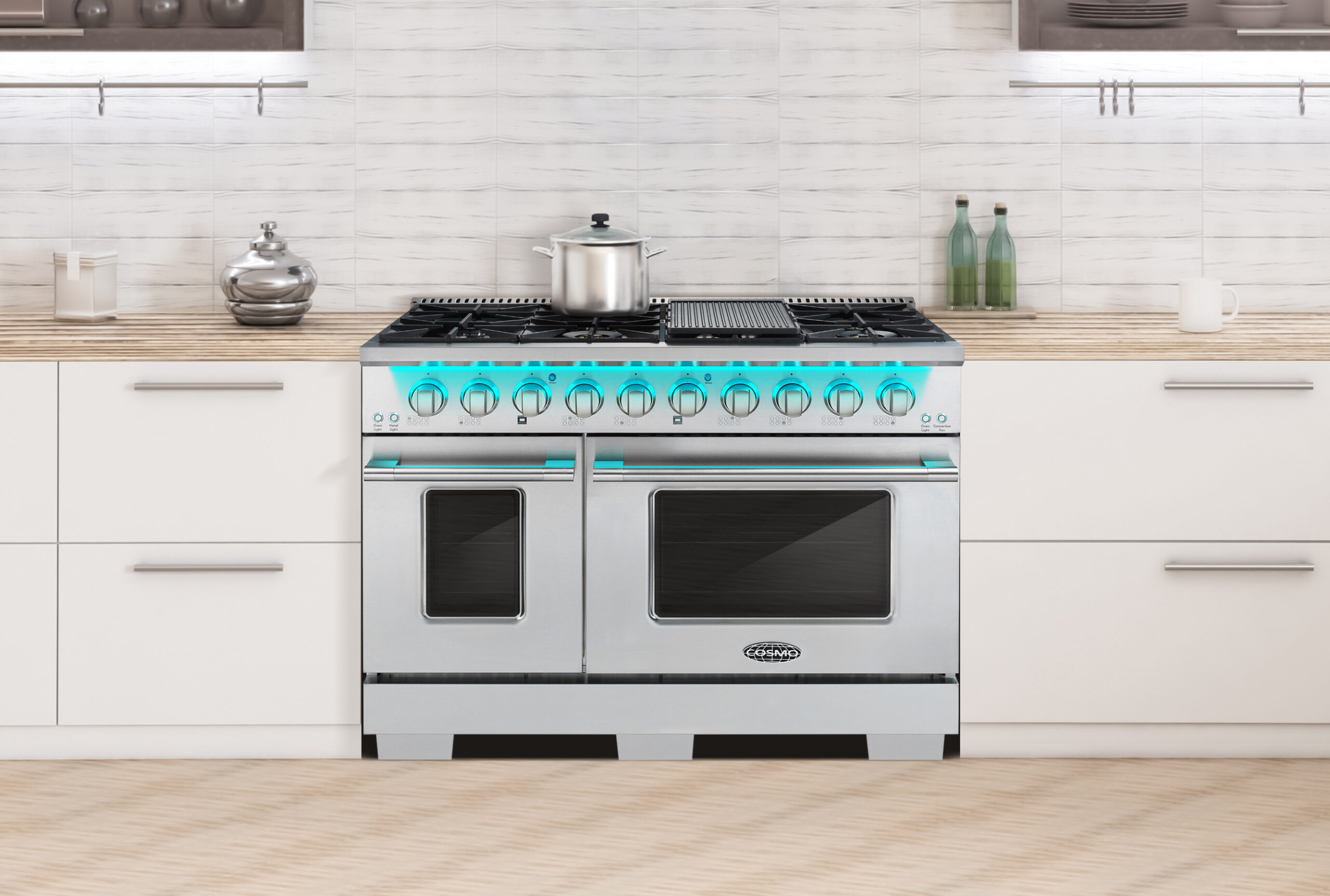How to Separate Biodegradable and Non-Biodegradable Waste in Your Kitchen
Managing kitchen waste effectively is crucial for maintaining a clean home and contributing to environmental sustainability. One of the most effective ways to do this is by separating biodegradable and non-biodegradable waste. This practice not only helps in reducing the amount of waste that ends up in landfills but also promotes recycling and composting efforts. Here’s a comprehensive guide on how to separate biodegradable and non-biodegradable waste in your kitchen. What is Biodegradable Waste? Biodegradable waste consists of organic materials that can be broken down by microorganisms into natural elements. This type of waste includes: What is Non-Biodegradable Waste? Non-biodegradable waste consists of materials that do not break down easily and can persist in the environment for a long time. This type of waste includes: Steps to Separate Biodegradable and Non-Biodegradable Waste 1. Set Up Separate Bins Biodegradable Waste Bin: Non-Biodegradable Waste Bin: 2. Educate Your Household 3. Composting Biodegradable Waste 4. Recycling Non-Biodegradable Waste Benefits of Separating Waste Separating biodegradable and non-biodegradable waste in your kitchen is a simple yet effective way to contribute to environmental sustainability. By setting up separate bins, educating your household, and participating in composting and recycling programs, you can significantly reduce your kitchen waste’s impact on the environment. Start implementing these practices today and take a step towards a cleaner, greener future.










